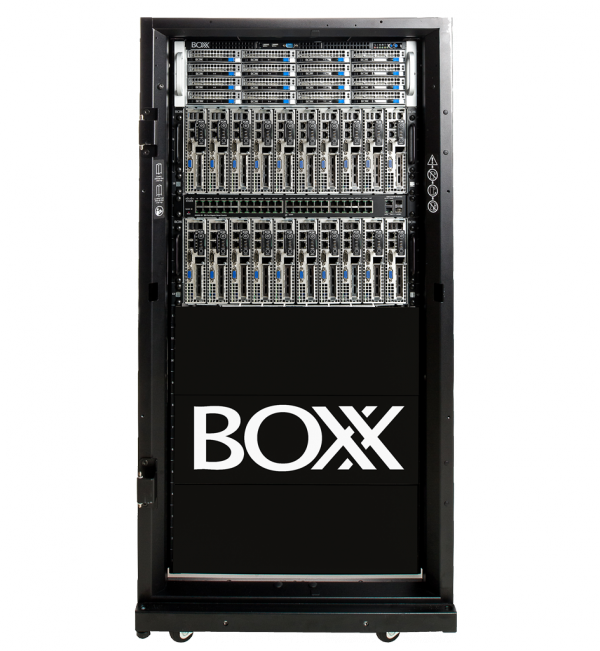
It was planned to be the first LightWave product to be available on the Linux operating system.
#Renderman for lightwave code#
It featured a highly customizable and modernized user interface, Python scripting integration that offered realtime code and view previews, an updated file format based on the industry standard Collada format, substantial revisions to its modeling technologies and a realtime iterative viewport renderer. On February 4, 2009, NewTek announced "LightWave CORE" its next-generation 3D application via a streamed live presentation to 3D artists around the world.
#Renderman for lightwave update#
NewTek shipped a 64-bit version of LightWave 3D as part of the fifth free update of LightWave 3D 8, and was featured in a keynote speech by Bill Gates at WinHEC 2005. In its ninth version, the market for LightWave ranges from hobbyists to high-end deployment in video games, television and cinema. It was animated entirely in LightWave 3D 7.5 and 8.0. In 2007, the first feature film to be 3D animated entirely by one person made its debut, Flatland the Film by Ladd Ehlinger Jr. The film Jimmy Neutron: Boy Genius was made entirely in LightWave 6 and messiah:Studio. In the Finnish Star Trek parody Star Wreck: In the Pirkinning, most of the visual effects were done in LightWave by Finnish filmmaker Samuli Torssonen, who produced the VFX work for the feature film Iron Sky. The short film 405 was produced by two artists from their homes using LightWave. The program was also utilized in the production of Titanic as well as Avatar, Sin City, and 300. LightWave was used to create special effects for the television series Babylon 5, Star Trek: Voyager, Space: Above and Beyond, seaQuest DSV, Lost, and Battlestar Galactica. Versions were soon released for the DEC Alpha, Silicon Graphics (SGI), and Macintosh platforms. Shortly after the release of the first PC version, NewTek discontinued the Amiga version, citing the platform's uncertain future. The last known standalone revision for the Amiga was LightWave 5.0, released in 1995.
#Renderman for lightwave mac os x#
Starting with the release of version 9.3, the Mac OS X version has been updated to be a Universal Binary. LightWave 3D has been available as a standalone application since 1994, and version 9.3 runs on both Mac OS X and Windows platforms. In 1990, the Video Toaster suite was released, incorporating LightWave 3D, and running on the Commodore Amiga computer.

Originally intended to be called "NewTek 3D Animation System for the Amiga", Hastings later came up with the name "LightWave 3D", inspired by two contemporary high-end 3D packages: Intelligent Light and Wavefront. NewTek planned to incorporate VideoScape and Modeler into its video editing suite, Video Toaster. In 1988, Allen Hastings created a rendering and animation program called VideoScape 3D, and his friend Stuart Ferguson created a complementary 3D modeling program called Modeler, both sold by Aegis Software.

( September 2012) ( Learn how and when to remove this template message) Unsourced material may be challenged and removed. Please help improve this section by adding citations to reliable sources.


 0 kommentar(er)
0 kommentar(er)
